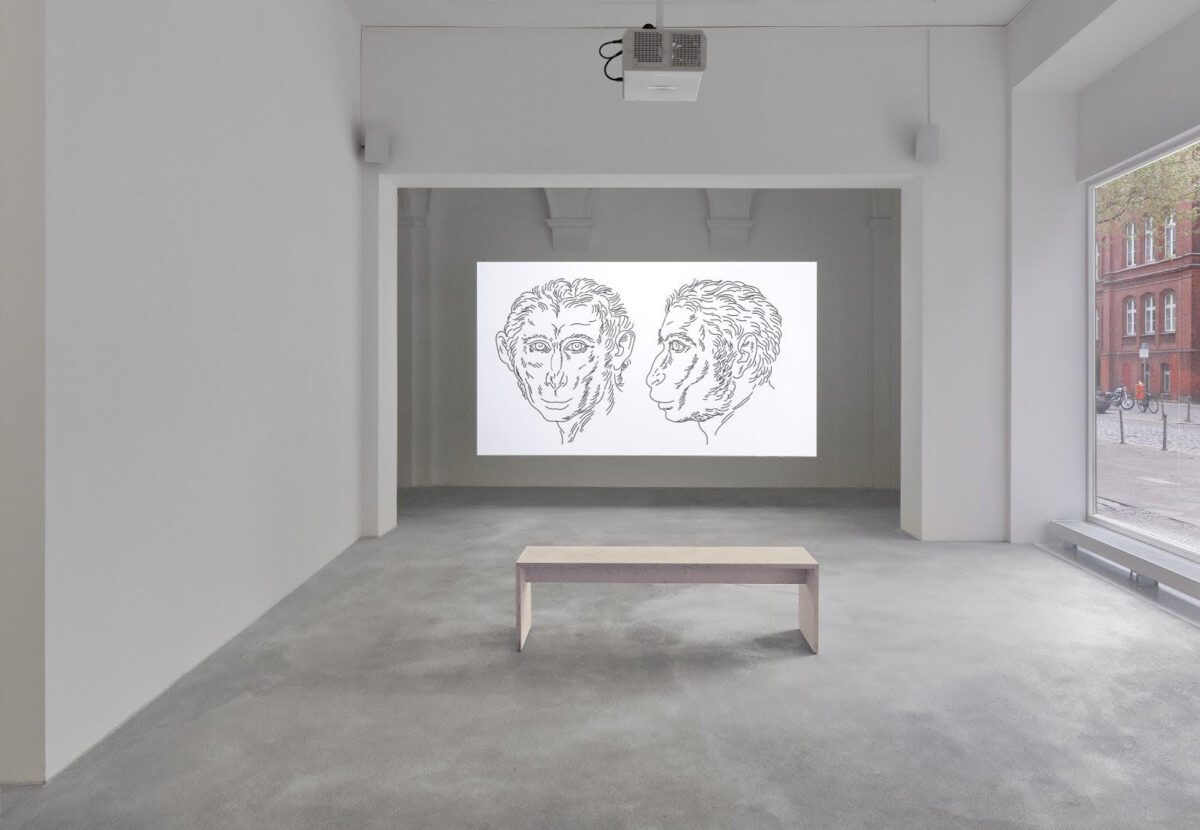
Several events over the last month have reminded me that often the art I love most, that I find the most compelling, and that stops me in my tracks, is art that is, in the true sense of the word, extraordinary. That which is unexpected, and stands out from the everyday fabric of life.
The first of these events was the finale of Christo’s posthumous spectacle, L’Arc de Triomphe, Wrapped, which ended on Sunday October 3rd; the second, the opening of the show of Oliver Laric’s video work Betweenness at the Stedelijk Museum, Amsterdam, an event I am proud to have supported through Modern Forms by donating the work to the museum’s collection.
Christo has long been one of my favourite artists, perhaps because as much as any contemporary artist, his work has been the ultimate expression of the creative act, apparently free from normal and practical concerns. When I first encountered his work through his drawings, books and documentation, my immediate responses were: curiosity at the sheer scale and seemingly impossible nature of the projects – the wrapping of the islands off Miami being especially mind-blowing; a sense of mystery as to what these objects or experiences were meant to be about; and of course a strong desire to see and experience some of Christo’s grand projects in person.
Over the years, I have become increasingly familiar with the artist’s works, my admiration growing with each in-person experience of it. I find especially impressive and honourable Christo’s funding of each project through sales of his drawings and sculptures. This legacy continues through his estate, with ethics decidedly embedded into his creative act. It turns his works into gifts for the locals of each place. Most rewarding, though, has been coming to understand that his works are not puzzles to solve. They don’t need an answer as to what they are ‘about’. Seeing how people in London responded to his mini-Mastaba erected in the Serpentine lake and the crowds of Paris swarming, fascinated around the Arc, you realise that the works live in a different space to the world of functionality. They are just there. Spectacles of beauty to wonder at. As a businessman operating in a world that is always about functionality and specific outcomes, to experience and access that aspect of Christo’s work and other works with similar qualities is special, and sometimes medicine for the soul. It was a true honour to have met Christo during his exhibition at the Serpentine, when he visited us at Floreat and saw highlights from our collection.

Equally strange and compellingly mysterious to me is Laric’s elegantly minimal animation, Betweenness. As in Christo’s practice, I love the work’s near evasion of determining what exactly it is ‘about’. In it, Laric uses a form of continuous line animation set against a haunting melody. The drawing constantly morphs from one organic shape to another, from mushrooms, to humans, to apes, to deer, and more. Always shifting and never static. Obviously everyone responds to artworks in their own way; one of the things I felt whenever I watched the work was a profound sense that everything always changes. Nothing in our lives is fixed. Perhaps reconciling ourselves to this fact is one of the tasks each of us faces. Whilst a lot more practical than the wrapping of national monuments, Laric’s work, too, is beautiful and difficult.
As our world becomes seemingly ever more challenging, it is in the nature of things that people withdraw into themselves, take less risks, and focus on necessity. This is precisely why we must cherish and support inexplicably expansive art in such times, and make sure that the unexpected, the mysterious, and creatives without clear purpose survive, and continue to remind us of the breadth of human experience.



